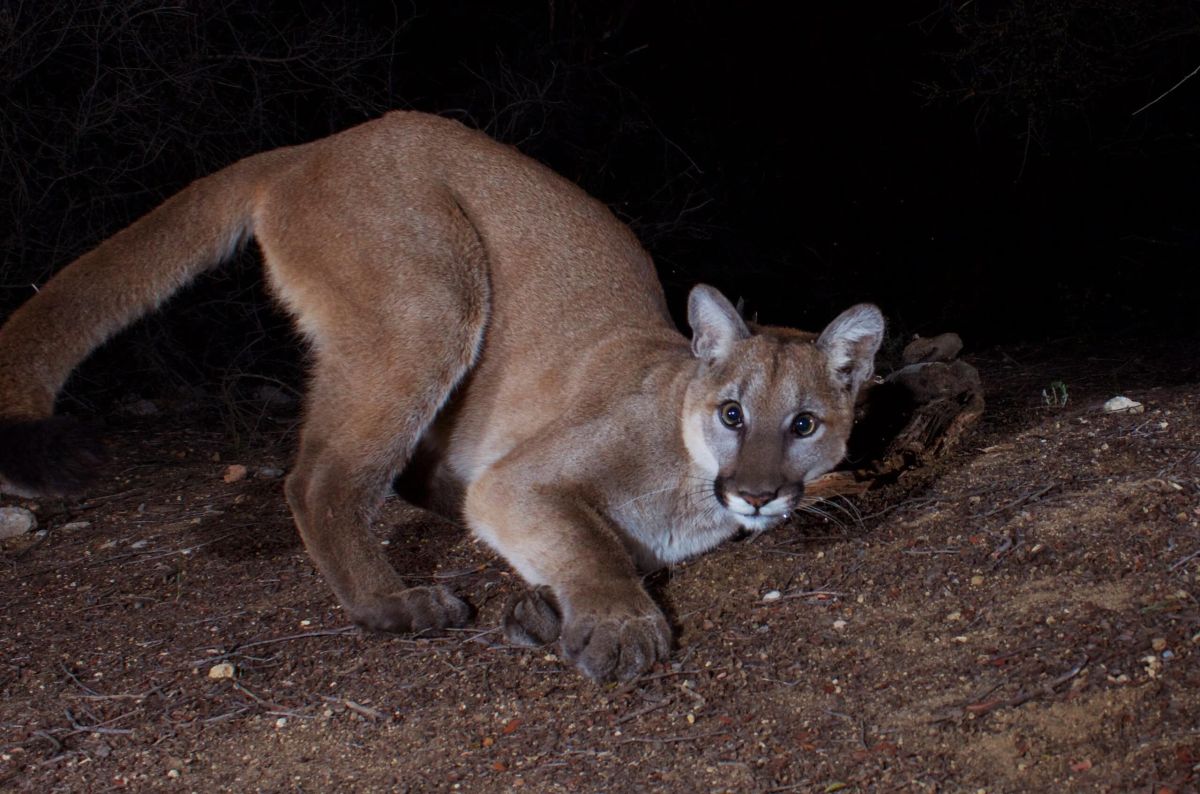Mountain Lions in the Suburbs

Mountain lions, also known as pumas, cougars, or panthers, are majestic creatures that once roamed freely across the North American continent. As human development has expanded, however, these big cats have seen their natural habitats shrink and fragment, forcing them to adapt to a world of suburbs, highways, and human activity.
The presence of mountain lions in suburban areas can be both fascinating and disconcerting for residents. These elusive predators, known for their strength, agility, and stealth, can evoke a mixture of awe and fear. But as we increasingly encroach upon their territory, it’s essential to understand how to coexist with these animals and ensure the safety of both humans and wildlife.
Mountain lions in the suburbs: A growing trend
As suburban sprawl continues to expand into once-remote wilderness areas, encounters between humans and mountain lions are becoming more common. In California, for example, the mountain lion population is estimated to be around 6,000, with many of these animals residing in or passing through suburban areas.
These big cats are highly adaptable and can thrive in a variety of habitats, from rugged mountains to coastal chaparral. As they move through suburban landscapes, they are often drawn to areas with dense vegetation, water sources, and abundant prey, such as deer.
Human-mountain lion interactions
While mountain lion attacks on humans are rare, they can and do occur. In most cases, these incidents result from the animal feeling threatened or cornered, or when they associate humans with food sources, such as unsecured garbage or pet food.
To minimize the risk of negative encounters, it’s crucial for suburban residents to take precautions when living in or near mountain lion territory. Some best practices include:
- Keeping pets indoors, especially at night, and supervising them when outside.
- Securing garbage cans and avoiding leaving pet food outdoors.
- Installing motion-sensor lighting around the perimeter of your property.
- Trimming vegetation and maintaining a well-lit yard to reduce hiding spots for mountain lions.
- Installing sturdy fencing to deter mountain lions from entering your property.
- Educating children about mountain lion behavior and what to do in case of an encounter.
Living with mountain lions: Finding balance
The presence of mountain lions in suburban areas can be seen as both a challenge and an opportunity. While it’s essential to prioritize public safety, it’s also crucial to recognize the value of these animals in maintaining healthy ecosystems. Mountain lions play a vital role in controlling deer populations, which can help prevent overgrazing and reduce the risk of vehicle collisions with deer.
To strike a balance between human safety and wildlife conservation, many communities have implemented programs to monitor and manage mountain lion populations. These initiatives often involve partnerships between local governments, wildlife agencies, and conservation organizations, and may include measures such as public education, habitat restoration, and, in some cases, relocation or lethal removal of problem animals.
By working together, we can find ways to coexist with mountain lions and other large carnivores, ensuring the survival of these magnificent creatures for future generations while also protecting human health and safety. Through education, responsible management, and a shared commitment to conservation, we can create a world where humans and wildlife can thrive side by side.



